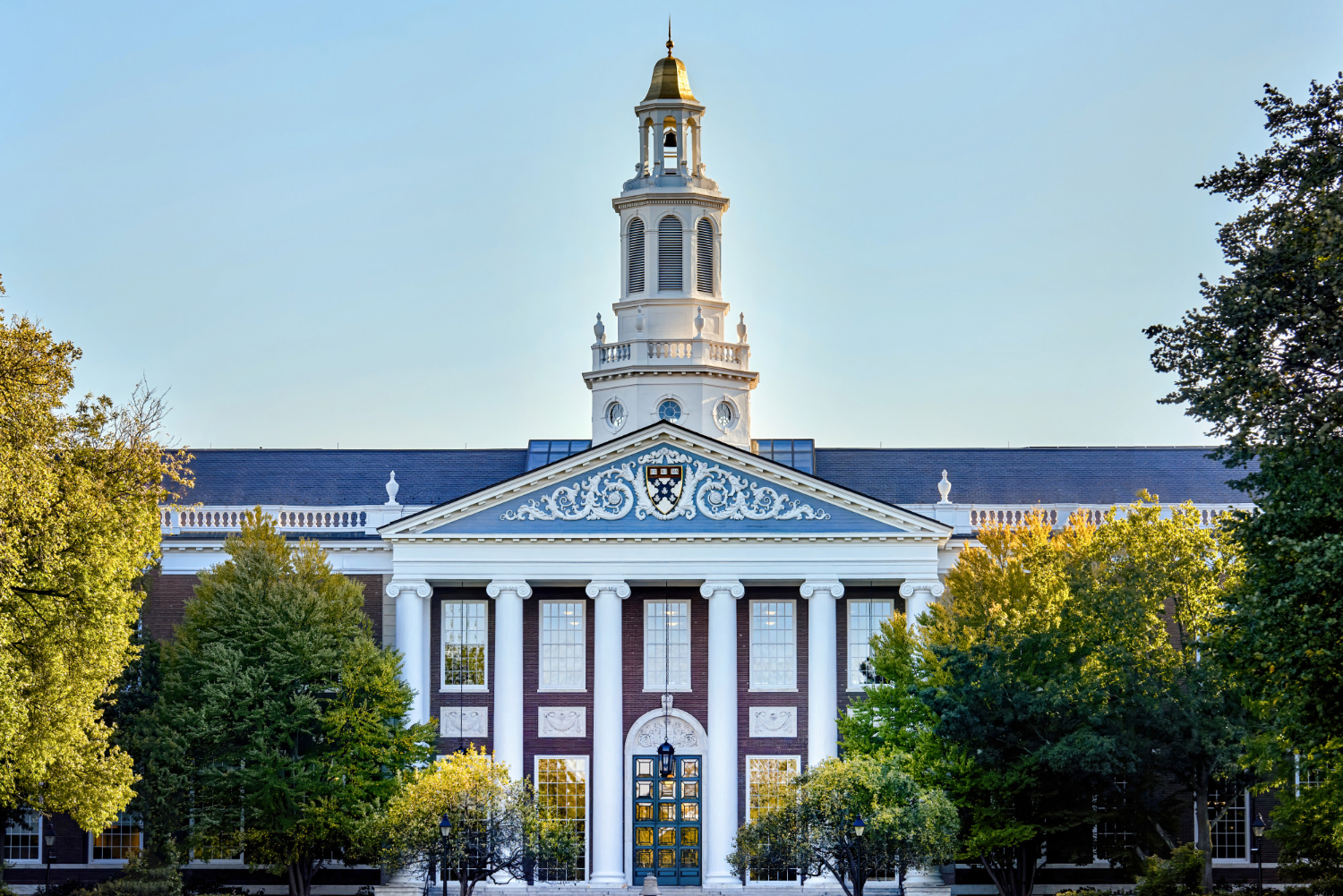
URGENT! Teacher Appointment on USA Top Colleges and Universities. You won’t believe it!
- Last Updated - 04/14/2024 - 11:54 AM
- Colleges, Universities

Amidst the manicured lawns and prestigious halls of America’s top universities, a storm is brewing – a Teacher Appointment on USA shortage unlike any faced before. While the crisis may be most visible in under-resourced public schools, it’s silently creeping into the hallowed halls of institutions like Harvard, Yale, and Princeton.
The reasons for this exodus are manifold, but the core issue boils down to unsustainable working conditions and insufficient compensation. Top universities are notoriously demanding, expecting faculty to juggle research, teaching, and administrative duties with minimal support, all while competing for grants and publications in a hyper-competitive environment. This relentless pressure, coupled with stagnant salaries that fail to keep pace with the rising cost of living, is pushing talented academics towards greener pastures – be it lucrative industry positions, less demanding teaching roles, or even early retirement.

The consequences are far-reaching. A shrinking pool of qualified instructors translates to larger class sizes, reduced course offerings, and diminished student-teacher interaction. This is especially detrimental in critical areas like STEM fields, where personalized mentoring and guidance are crucial for success. Moreover, the lack of diversity among remaining faculty can create echo chambers of thought, hindering the intellectual vibrancy and inclusivity that top universities strive for.
The impact extends beyond academics. A depleted faculty can lead to a decline in research output, a cornerstone of a university’s reputation and a vital source of innovation. Furthermore, a demoralized and overworked teaching staff can negatively impact the student experience, potentially tarnishing the very brand that attracts high-caliber students and donors alike.
CHECK OUR TOP 10 BEST UNIVERSITY LIST
So, what can be done? Top universities need to acknowledge the gravity of the situation and take decisive action. Here are some potential solutions:
- Increase faculty salaries and benefits: A competitive compensation package that acknowledges the demands of the job and reflects the rising cost of living is essential to attract and retain talent.
- Reduce administrative burdens: Freeing faculty from excessive administrative tasks and streamlining processes can allow them to focus on core responsibilities – teaching and research.
- Invest in faculty well-being: Providing mental health resources, sabbatical opportunities, and robust support systems can help faculty cope with the pressures of their jobs and maintain a healthy work-life balance.
- Diversify the faculty pool: Actively recruiting scholars from underrepresented backgrounds can enrich the intellectual environment and create a more inclusive learning experience for students.
- Explore alternative models: Innovative approaches, like workload-sharing programs, flexible schedules, and part-time appointments, can attract talent who might not be able to commit to a traditional full-time professorship.
The teacher shortage is not simply a staffing issue; it’s a threat to the very foundations of academic excellence in the United States. Top universities, with their resources and influence, have a unique responsibility to address this crisis. By prioritizing faculty well-being, investing in innovative solutions, and committing to a sustainable future for academic careers, they can ensure that the doors of opportunity remain open for future generations of scholars and ensure the continued vibrancy of their institutions.
You might like these..
Randomly chosen articles that you might like.

Top 10 Universities in USA 2024
Choosing the right university is a critical decision that can shape your future. To help you navigate your options, we’ve

Balancing Act: Navigating the Impact of Free Speech and Cancel Culture on University Campuses
The campuses of universities have been regarded as a bastion of freedom of speech, inquiry, and free dialogue. But in recent

Revolutionizing Education: The Rise of Online Learning Platforms and MOOCs
In the last few times, the world of higher learning has changed due to the rise in online education platforms

Bridging Past and Present: The Vital Role of Alumni Networks in Supporting University Success
Alumni networks are vital sources of life for universities, connecting alumni with faculty and students to build an atmosphere of

Bridging Tomorrow’s Workforce: Universities Address the Skills Gap in Anticipation of the Future of Work
Technological advancements and economic shifts transform sectors and reshape job roles and the new work environment is characterized by rapid

Igniting Change: Exploring the History and Impact of Student Activism on US Campuses
In the past, US campuses have served as the epicenters for changes in the political and social spheres which has

Unveiling Hidden Gems: Exploring Lesser-Known but High-Quality US Universities
While the prestigious Ivy League institutions and flagship state universities typically dominate attention, however, the broader landscape is full of

From Classroom to Courtroom: Navigating the Legal Landscape of US Universities
US universities are not just institutions of learning and research but they are also legal entities that are subject to

University Canada West (UCW) – Rankings, Fees, Courses
University Canada West (UCW) is a distinct institution in the Canadian higher education scene recognized for its dedication to provide

Best Data Science Course Online in India 2024
Introduction: Data is now the currency of innovation and progress in the age of digitization. A record of every transaction, click,

Cultivating Change: The Vital Role of Universities in Promoting Sustainability and Environmental Consciousness
Universities play an integral role in shaping the beliefs behavior, values, and behaviors of the next generation. In an age of

Choosing the Best University in USA: A Guide to Select the Top USA Universities.
Choosing the best University in USA is a crucial choice that will have a big impact on your educational journey

The Pinnacle of Education: Why USA Universities Stand Out Globally!
In the vast landscape of higher education, USA universities emerge as beacons of excellence, attracting students from every corner of

Best Universities in USA, You can apply. Yes, it’s correct.
Determining the Best Universities in USA can depend on various factors such as academic programs, faculty expertise, resources, location, and

USA Universities are great in terms of Sports as well as education. Yes, You heard it right!
The perception that USA Universities are great in terms of education and sports is shaped by several factors. Here are

Anyone from India can apply to USA Universities. Yah! It’s easy.
Yes, individuals from India can certainly apply to USA Universities. The application process for U.S. universities can be competitive and




